I have some nodes in a collection with a Date Time:
I query this using the C# cypher client thus:
GraphClient _client = new GraphClient(new Uri(url));
DateTime dt;
_client.Cypher
.Match("(e:LineStop)")
.Where((LineStop e) => e.AddedToDataWarehouse == false && e.TimeCreated >= dt)
.AndWhere((LineStop e) => e.Duration >0)
.Return<LineStop>("e")
.Results;
This works.
How can I do the same thing using the standard web based Neo4j Graph client? I can't seem to get the syntax to work at all.
All of the existing Q&As seem to talk about structuring the data differently to be more graph like and use shortestPath. I can't do this. The data already exists. I did not design this system nor do I have the abillity to change it.
I was told by the person that did design this system (a contractor who is no longer with the company) that Neo4j now supports dates(as opposed to stringfying them). On some level it must, or else how does the C# code work, right?

